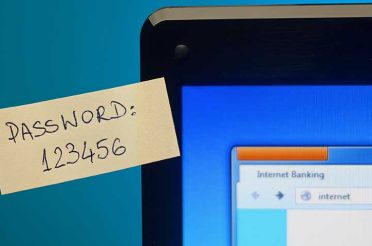In a data-driven world, your organisation’s ability to leverage value out of the data you collect could be your long term competitive advantage. Even further, your ability to spot useful data sets in every area of your business can be a game changer. One area where we’re beginning to see businesses derive real value is in using network data as business intelligence.
Most business intelligence (BI) tools use some form of analytics engine to spot trends and patterns. The richer the data you can provide these tools, the more valuable the insights are that they provide. When we consider the vast volumes of data that our networks collect from wired, mobile and Wi-Fi connections, we could be feeding these data sets into BI tools to find out new information about our customers.
Re imagining retail
Retailers have been looking for new ways to reinvigorate their shopping experience since the growth of e-commerce and online shopping. Mobile location services and Wi-Fi data now enables them to examine customer behavior across a variety of dimensions including:
- proximity to stores
- visiting frequency
- travel paths
- preferred destinations
- use of applications in-store
When businesses are able to combine the physical with the digital in their customer intelligence, they can achieve what is commonly regarded as the holy grail of retail BI – cross-channel intelligence that associates in-store buying behavior with online purchasing and loyalty programs.
Examining employee engagement
One area that is still underutilized in network intelligence is in examining employee engagement and productivity. I’ve spoken previously about the use of machine learning to spot security risk among network users, but besides evaluating risk, few businesses have taken up the opportunity to use this data within human capital management (HCM) systems.
If we can use network data to understand when our employees logon, how often they’re accessing files from the network, and at what times of the day, we can begin to paint a picture of their overall level of engagement and productivity within the workplace. HR teams and LOB managers can then spot employees who could be becoming disengaged, and implement a range of measures to check on their welfare or offer them assistance with their workload.
The above are only two fairly rudimentary examples of how network data can provide valuable intelligence in any business. What they illustrate is that the data exists to determine all kinds of insights about how users interact with our network. When we consider campuses, hospitals and smart cities initiatives, there is an almost infinite number of possibilities for using network data.
But organisations still need to sort the wheat from the chaff so to speak, as not every piece of network data is useful, and networks generate vast amounts of data. Many of these datasets are currently discarded, such as the probe requests that occur when a device enters a wireless network. While seemingly unimportant, these probe request could tell you roughly how many people enter your network each day, and at what time.
The challenge lies in knowing how and where to get the data from, and if it is actually useful. Luckily, your network and technology partners now have the expertise to provide advice on the unseen datasets you could be leveraging to gain an innovative new advantage.
About the author
As the Managing Director of Aryon, my team and I are here to reduce the complexity for organisations who want to take advantage of next-generation networks, infrastructure and workforce technology. If you would like to discuss how your organisation can take advantage of new digital networks, infrastructure and technology without the added stress, please feel free to get in touch with me at dean.bartlett@116.90.41.25.








